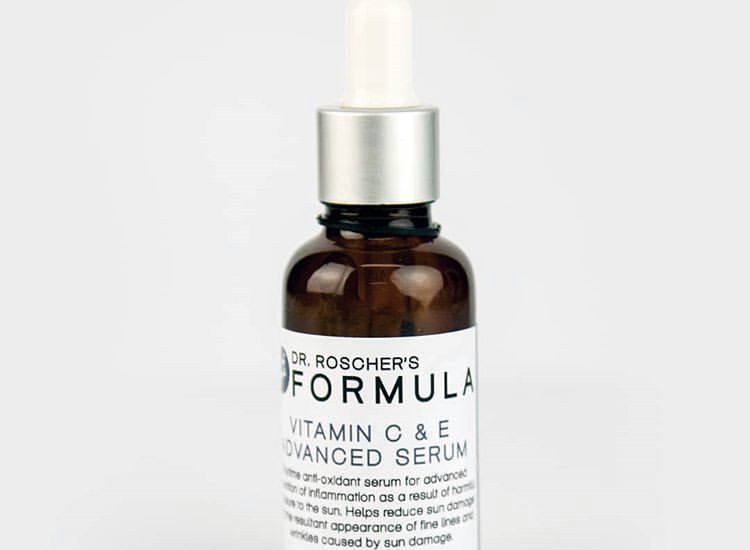Pigmentation. Let’s break it down.

The CAUSE and the SOLUTIONS.

Pigmentation affects everyone! Men and women. Light, medium, and dark skins. Late teens to the twilight years. And Ed the Great Dane. Yes, some individuals are more prone than others. Still, the science behind this pesky affliction remains the same for all mortals. Since touching on my personal pigmentation journey in one of my recent posts, I have received numerous messages requesting more advice on the topic. Some are emotional messages from the heart, and I understand why. Living with the mask of pigmentation can be distressing and a severe confidence kicker. I know, because I endured it for many years.
I have worked on this post in consult with dermatologist Dr. Marc Roscher. We hope it helps to break down pigmentation, both literally and figuratively. I’m a big believer in knowing and understanding my adversary. I need science if I am to believe in the solutions, including their limitations. This includes selecting products based on science, not grand marketing statements.

THE SCIENCE BIT (don’t worry – it’s a short snippet)
Don’t think you’re going to get away without at least a little online learning 🙂 – isn’t everyone doing that these days? I believe it’s essential to know the CAUSE behind pigmentation so that you can better understand that PREVENTION is not only better but possible.
Pigmentation is thanks to MELANOCYTES, and we all have the same amount of them (1000 – 2000 are found per square millimetre of skin). These cells produce MELANIN and are what determine our different hair, eye, and skin tones. The activity and ability to produce MELANIN varies between skin types, which gives rise to our unique hues and incredible individualism!
Believe it or not, melanocytes are actually trying to help us. Their primary function is to defend against UV exposure and resultant cell (DNA) damage. Quite simply, the more sun you get, the more pigment these cells produce in an attempt to protect your skin. Sunburn or the darkening of your skin is a sign of INFLAMMATION and shouldn’t be viewed as ‘healthy colour.’ It isn’t just long term exposure to sunlight that causes inflammation. Even brief exposure can trigger subtle inflammatory processes, so protecting your skin requires daily dedication. You actually have to consciously work at it if you want to see results.
With the above in mind, it is clear that PROTECTION is THE priority, which I discussed in my post 4 Must-do’s for results-driven skincare. I will recap on these points, though.
3 COMMON FORMS OF PIGMENTATION:
1. FRECKLES
Personally, I think a sprinkle of freckles adds character, so don’t be hiding your cuteness unnecessarily. Most freckles are inherited, but they can become more pronounced through sun exposure.
2. MELASMA
Good old hormones! They’re to blame for Melasma too. These ‘mask-like’ patches can be triggered by oral contraception and pregnancy when an overproduction of melanin occurs. At first, the Melasma sits in the top layer of skin (Epidermal Melasma), and there is a chance that it will fade along with the post-pregnancy hormones. However, it often progresses deeper into the skin (Dermal Melasma), becoming visible on cheeks, temples, and forehead (and possibly the chest area). Once this happens, it is notoriously stubborn to treat. I know only too well – I battled this form of pigmentation for years.
3. SUN DAMAGE INDUCED PIGMENTATION
These delightful spots love to pop up to remind us that as kids, we spent too much time in the sun. More prominent in lighter skin, age spots (hate that word!) are an accumulation of melanin over the years. They can appear on the cheeks, forehead, chin, hands, and legs.

WHAT PIGMENTATION WEAPONS ARE AVAILABLE?
PREVENTION:
1. Take oral Vitamin C and Vitamin E daily
2. Use a day Serum with antioxidants (there’s a FORMULA C & E SERUM up for grabs in this week’s competition)
3. Wear a daily SPF30 (or higher if you’re outdoors for extended periods)
4. Wear a hat and protective clothing (remember pigmentation appears all over the body)
TREATMENT:
1. Discontinue oral contraception with oestrogen.
2. Topical hydroquinone can be very effective but needs to be prescribed and administered with great care.
3. Add a Retinol or RetinA as a night-time maintenance treatment.
4. Consider hyperpigmentation therapy options like chemical peels, fractional laser skin resurfacing, IPL, dermal rollers, or microdermabrasion.
It is important to note that all the above should be discussed with a medical professional to ensure correct diagnosis, dosage, and safety. Not to be used if pregnant or breastfeeding. Active ingredients may cause tingling, redness and sensitivity. These should be temporary and are often an indication the product is working.
If you have any further questions regarding pigmentation, please drop me a message and collectively we will offer guidance. Don’t let pigmentation mask your smile. I can relate, and I’ll do all I can to help.

Get started on your journey towards a naturally radiant complexion with Dr. Marc Roscher’s results-driven FORMULA range of creams and serums that are backed by science, not big marketing budgets. For more info, check out formulaskinandhair on Instagram, and see How to apply Formula Serum.

Let’s just coddiwomple
x Keryn







